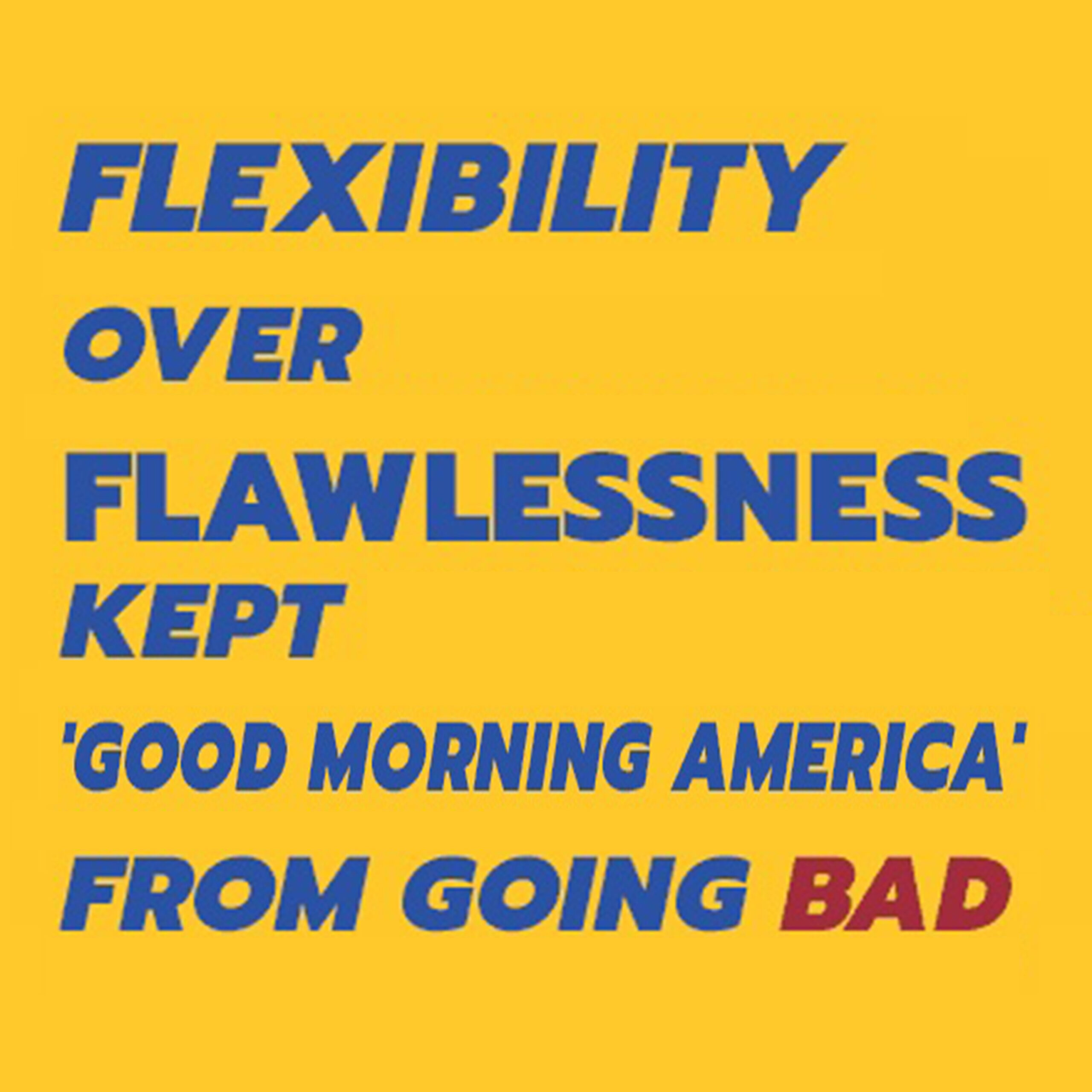
5 Top Business Podcasts for 2022
September 10, 2021
Communication Skills Lessons from the Open Road
December 1, 2021
Carl Sagan: The Great Science Communicator

By: Ben Graney
Published: October 18th 2021
“We are a way for the Universe to know itself.” With one profound, brief sentence, Carl Sagan could enlighten the deepest of mysteries.
This quote is just one example of thousands. Carl Sagan was a brilliant scientist, professor, author, and educational TV show host. Born in Brooklyn in 1934, he lived a remarkable life, gone before his time in 1996 at the age of 62. If you’re not familiar with Carl Sagan, I hope this serves as an entry into his life and work.
Carl Sagan was most recognizable as the creator, writer, and host of Cosmos: A Personal Voyage which aired on PBS in 1980. Through this award-winning series, Carl explained the secrets of our Universe in a way almost every single person could understand. The veil of scientific confusion was lifted in each episode. Not only was the content of all of his work brilliant, but his delivery of it was too. Among his many talents, his singular skill as a communicator allowed him to achieve a monumental body of work in all kinds of mediums. In fact, he is the embodiment of many of the principles we teach at GK Training.
When speaking, he had a deep resonant voice that was a natural asset. In explaining incredibly dense or discomforting ideas, his resonant voice calmed and soothed, as if to say “this information may be hard to accept, but I’ll guide you.” For those familiar with him, you may have somewhere in the back of your mind him saying the catchphrase “billions and billions” on his many visits to The Tonight Show with Johnny Carson. While he was a frequent visitor, this catchphrase wasn’t actually created by him. It became attributed to him after saying similar things, but was made up and repeated mostly by Johnny Carson and elsewhere in pop culture. But, you can hear his voice now, can’t you? The slow cadence, the resonance, the easy command of ideas.
Carl was not a fast communicator. In fact, he was rather slow in any medium. This worked to his advantage as most of the ideas he was trying to explain were incredibly dense and difficult to grasp. He knew that if people were to understand what he was saying on any given subject, he would need to choose his words very carefully and allow them to be digested before introducing a new concept or topic. Communicating much of the time at a slow pace is almost always a hallmark of good communication. In general, most people do need to slow down, especially when a topic includes lots of jargon and difficult ideas. To be clear, one doesn’t always need to communicate at a slow pace. In fact, varying one’s pace is incredibly important. Constantly communicating at a slow pace will quickly become boring for an audience. While Carl generally spoke at a slow pace, he also used pauses in between big concepts or ideas. Not only that, he would often speed up through certain parts, but then really slow down dramatically in others to make sure his content was understood. This allowed for his audience to further digest or live in the dramatic tension the slowdown or pause created.
In addition to being rather slow-paced, he often used other effective ways of communicating to keep things interesting for his audience. He used surprising sounds as he mimicked the sounds of whales while making a point, for example. He used clear and connected hand gestures when explaining scientific discoveries or ideas. Carl also knew the importance of using stories. Humans have evolved to remember stories better than almost any other type of information delivery. Our brains are wired for it, as stories became an easy and fast way to share the dangers and bounty of our world. Carl told stories of ancient scientists and how they made their discoveries, he told stories of how an alien being might interpret our world if they saw it for the first time, and he told the story of how life on Earth came to be in one stunning short clip. He knew his subject matter backwards and forwards, and when there was a scientific discovery yet to be made about something and he didn’t know the answer yet, he said so plainly. This also illustrated one of his main points about science; not everything is known and science doesn’t have all of the answers yet, but science is the key to finding the answers no matter how frightening or uncomfortable they may be.
As you can imagine, he also had a command of statistics and facts. In order to become a scientist of his stature and create things like the golden record on the Voyager probes, he needed an almost super-human amount of knowledge and wonder. When he set about to express his ideas through the statistics and facts he knew, he never made you feel bad for not knowing or understanding something, he just explained things in the way only he could. Not only did he know the facts and express them well, he also used enunciation to a great degree. It’s easy to drop sounds and mumble especially if one doesn’t believe or know their content well. Carl chewed his words to make sure you heard every consonant and vowel, as he knew that in order to grasp the concepts he was talking about, his audience needed to hear everything clearly. Take the word he is most known for, “billions.” The way he said it, and the enunciation he used, you can viscerally feel the endless amount of stars in the “b,” the vastness of the Milky Way in the “l,” and the mysteries of humanity in the “z.”
All that being said, he was not a perfect communicator. In interviews, his off-the-cuff communication often had some filler language. His ideas and the way he said them could sometimes be combative or jarring. Despite those drawbacks, and even if you didn’t like his ideas, the way he spoke would cause you to at least consider what he said before you moved on.
Carl Sagan used his voice and communication skills to tackle and share some of the deepest mysteries known to man. He used his resonant voice at a slow pace with strategic pauses. He employed stories and metaphor deftly. He incorporated physical gestures and used his hands to help express his ideas. He knew his content backwards and forwards, but didn’t let their complexity deter him from wanting to share his ideas. He used enunciation to great effect. If ever you want to learn about science and the Universe, or want to learn how to explain incredibly dense material, look no further than the works of Carl Sagan.





